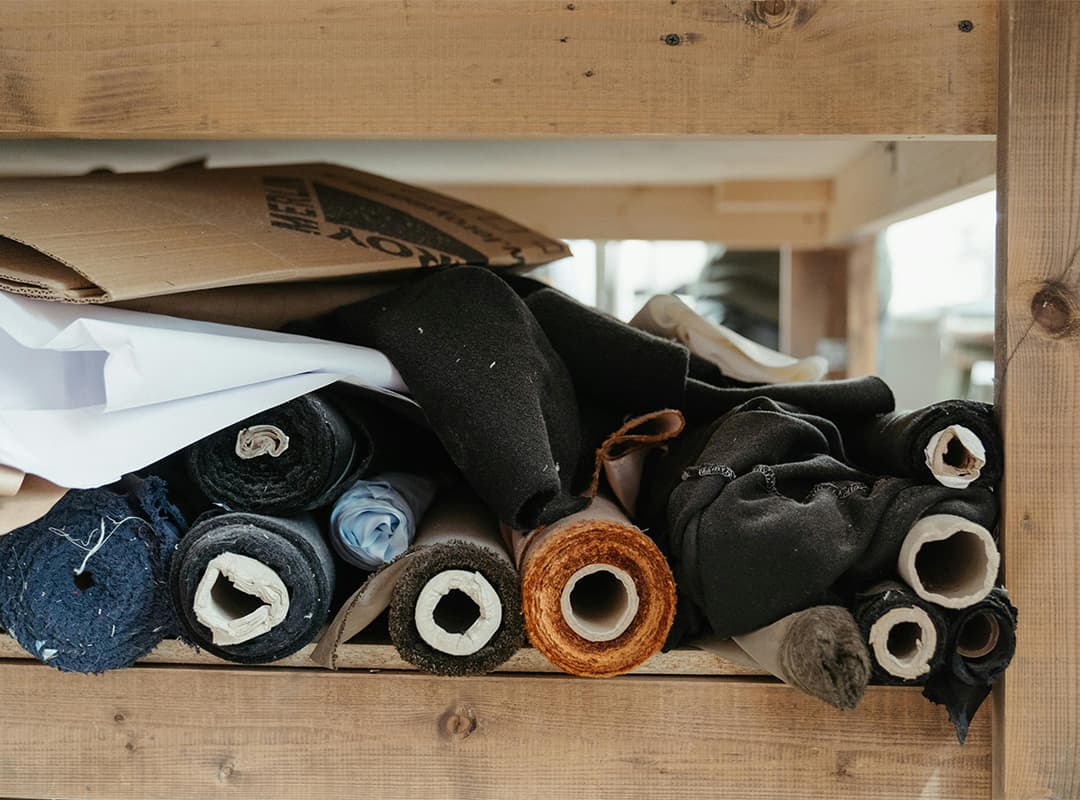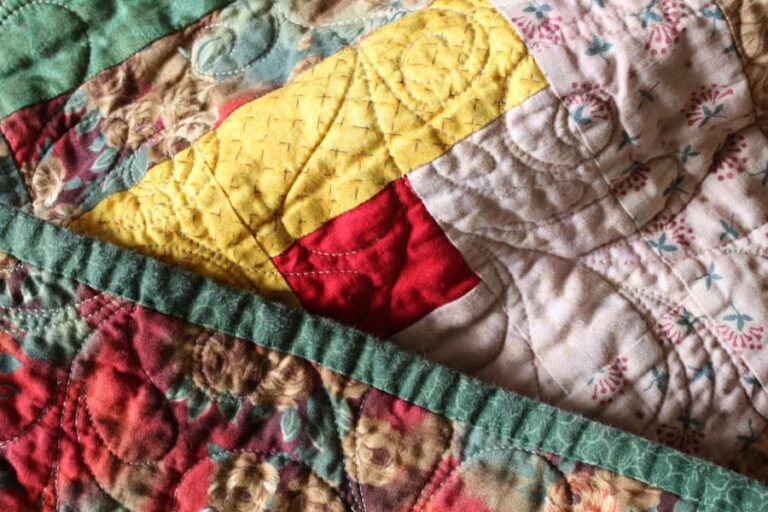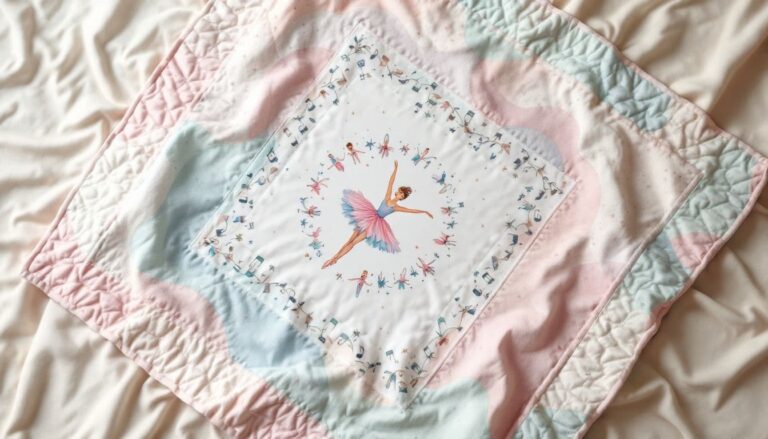A well-organized workspace is essential for any quilter. Proper storage of fabrics and materials not only enhances your efficiency but also ensures that your supplies are easily accessible and well-preserved. Whether you’re working with an expansive fabric collection or just starting out, these tips will help you create an organized and functional workspace, making your quilting projects more enjoyable and productive. For added inspiration, consider how an organized space can complement your creative designs, such as a whimsical quilt pattern.
1. Create a Dedicated Fabric Storage System
One of the first steps in organizing your quilting workspace is to establish a dedicated storage system for your fabrics. Utilize clear plastic bins or drawers to keep different fabric types and colors separate. This approach allows you to easily see what you have and prevents fabrics from becoming wrinkled or tangled. For larger collections, consider using a fabric rack or shelving unit where you can sort fabrics by color, type, or pattern. This system not only makes it easier to find the perfect fabric for your next project but also keeps your workspace tidy and visually appealing.
2. Implement a Cutting and Sewing Station
Designate a specific area for cutting and sewing to streamline your quilting process. Invest in a large cutting mat, a rotary cutter, and a ruler to create a dedicated cutting station. Place your sewing machine in a comfortable position with ample space for maneuvering fabric. Keep frequently used tools and supplies, such as pins, thread, and scissors, within arm’s reach to minimize interruptions. An organized cutting and sewing station helps maintain a smooth workflow and ensures that you can quickly transition between different stages of your project.
3. Utilize Vertical Space
Maximize your workspace by utilizing vertical space. Install shelves, pegboards, or wall-mounted organizers to store your quilting tools and materials. This approach helps free up valuable counter space and keeps your supplies visible and accessible. Use clear jars or bins on shelves to hold smaller items like buttons, threads, or needles. A pegboard with hooks can be a versatile solution for hanging tools and keeping them within easy reach, while also showcasing your favorite fabrics or patterns for quick inspiration.
4. Manage Patterns and Templates
Keep your quilting patterns and templates organized to avoid unnecessary searching and clutter. Use a binder with plastic sleeves to store paper patterns and templates. Label each sleeve for easy identification and quick access. For digital patterns, consider creating a dedicated folder on your computer or using a cloud-based storage system to keep them organized and easily retrievable. An organized system for patterns and templates ensures that you can find the perfect design, like a whimsical quilt pattern, without delay.
5. Maintain a Clean and Tidy Workspace
Regularly maintaining a clean workspace is crucial for staying organized and efficient. Set aside time to tidy up your area at the end of each quilting session. Return tools and materials to their designated spots and dispose of any scraps or waste. Implementing a clean-as-you-go approach helps prevent clutter from accumulating and ensures that you always start your next project in an organized space. A tidy workspace not only enhances your efficiency but also creates a more enjoyable and stress-free quilting experience.
By implementing these storage and organizational tips, you can create a functional and inspiring quilting workspace. Properly storing your fabrics, tools, and patterns ensures that you can focus on your creative projects, like crafting a delightful whimsical quilt pattern, without the distraction of a cluttered environment. An organized workspace not only enhances your efficiency but also contributes to a more enjoyable and productive quilting journey. Happy quilting!





